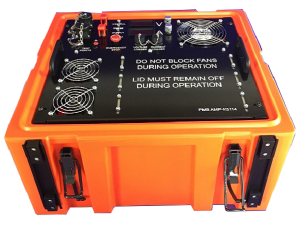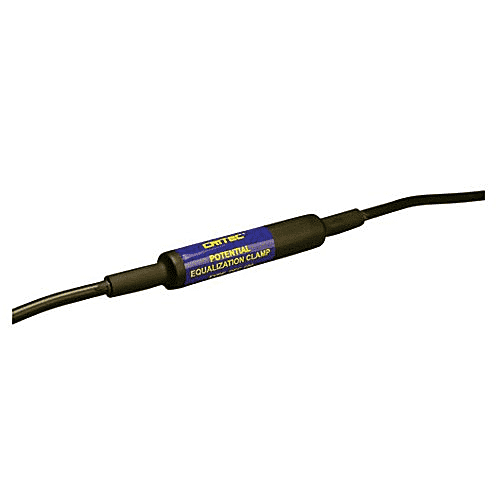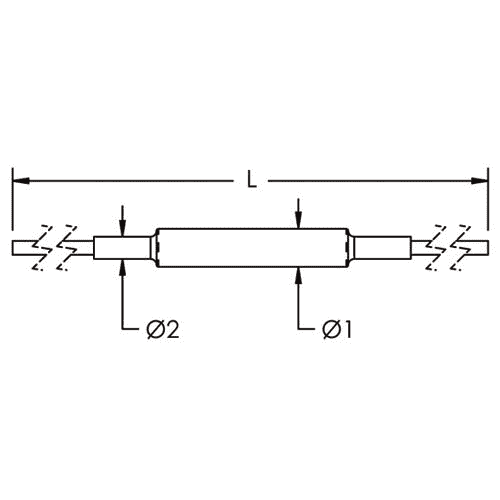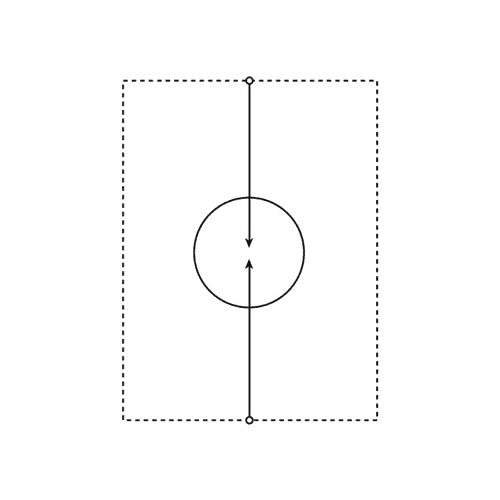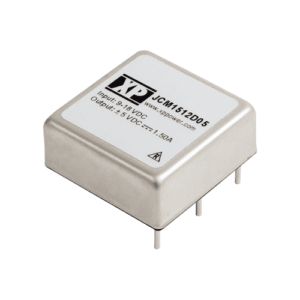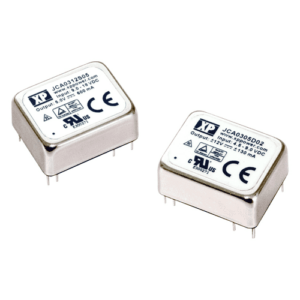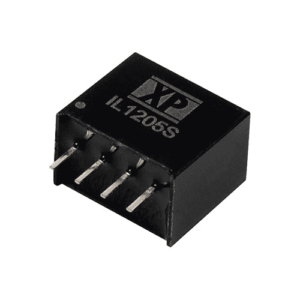Description
PEC100
Potential Equalization Clamp 350V Spark-Over Voltage
The PEC is an equipotential bonding device that can be used to minimise damage in applications where separated ground systems are required. The PEC100 model is ATEX approved making the device suitable for use in explosion hazard areas such as the protection of pipeline insulated joints.
Preventing Ground Potential Differences
In communications and computer installations it is not uncommon to install separate ground systems for lightning, mains power, computer (quiet ground), and communications (for security, and tempest requirements). Although this approach may be desirable for certain operating reasons, when lightning or other transient voltages occur, differences in ground potentials between the ground electrodes are inevitable and equipment damage can result.
The Potential Equalization Clamp (PEC) is an isolation spark gap that is designed to help prevent ground potential differences by operating under transient conditions to effectively clamp the grounds together. Normally the PEC presents an effective open circuit. Once the ground potential difference exceeds the breakdown voltage of the PEC, the circuit immediately closes and the ground potentials are equalized. The PEC is fully resettable and has a life of over ten thousand operations.
Protection of Pipeline Insulated Joints
Many buried pipelines are protected from corrosion by cathodic protection systems. To maintain the insulation integrity of the pipe at metering and telemetry stations, insulating joints are inserted into the pipe and those sections between insulating joints are grounded at the station. With long lengths of pipelines, induced voltages in the pipe caused by local lightning or power line faults activity can be in the order of tens of kilovolts. The result is that insulated joints failure is almost inevitable, with flange type insulated joints particularly susceptible.
To help protect against insulated joint break-down, the PEC can be connected directly across the joint. In its inactive state the PEC presents an effective open circuit across the joint. Should the insulated joint voltage start to rise due to transients, the PEC will conduct and safely pass the transient current to ground, limiting the voltage stress across the joint. After conduction the PEC will automatically reset to its inactive state.



